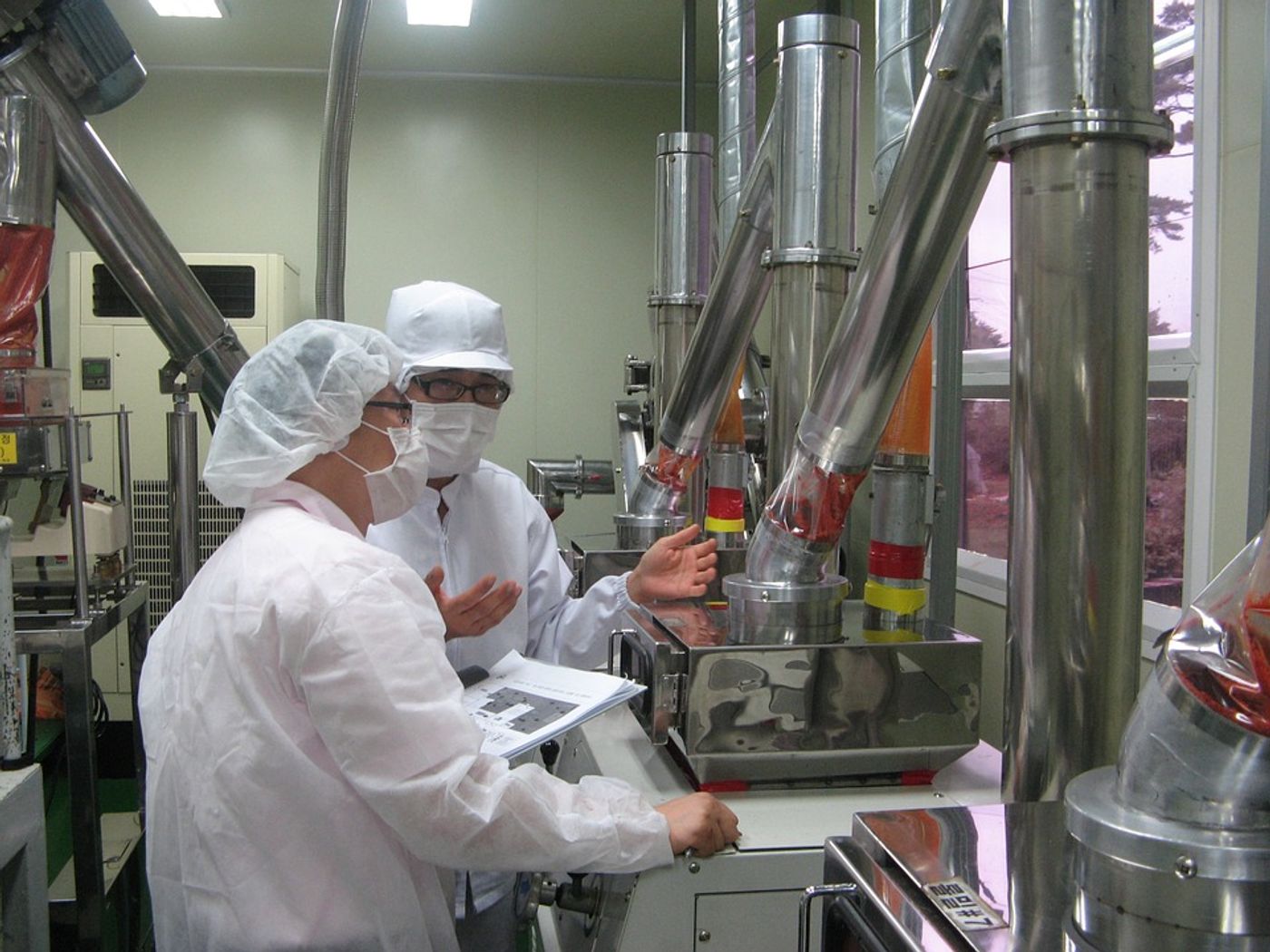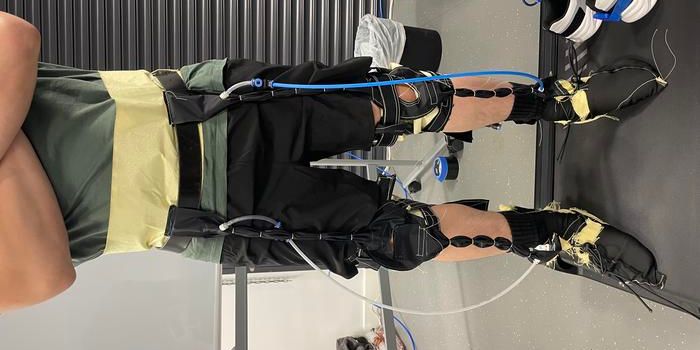Cobalt-doped titanium-dioxide stops the reproduction of listeria monocytogenes
Scientists suggest adding cobalt-doped titanium-dioxide (CoO-TiO2) to foods in order to prevent the spread of listeria, a bacterium that contaminates food and infects 1,600 people every year, killing about 260. The report has published its findings in the Journal of Environmental Chemical Engineering from scientists at the University of Houston.
"Listeria is a rare foodborne pathogen that can survive in refrigerated conditions. So, if you had a contaminated bowl of potato salad, not only can listeria survive, it can increase in numbers potentially causing a serious health issue. The cobalt-doped titanium dioxide can potentially stop the spread in its tracks," said co-author Sujata Sirsat, who is an expert in food safety and public health.
Titanium-dioxide, deemed safe by the US Food and Drug Administration, is already often used as an additive or whitening agent for sauces, dressings and powdered foods, in addition to in sunscreen. However, its uses are limited in that it requires UV light to work. That’s where cobalt comes in.
"The addition of cobalt, a heavy metal, drastically improved the effectiveness of titanium-dioxide because now it works under regular human conditions -- sunlight, fluorescent light such as light bulbs and even in 'the absence of light,' like in a freezer," said Francisco Robles, lead author for the study and associate professor of mechanical engineering technology.
Sirsat says cobalt-doped titanium-dioxide halts the reproduction of listeria monocytogenes in both light and dark conditions. Sirsat says there is a lot of potential in this characteristic because CoO-TiO2 could be manufactured into food packaging or added to food products in order to reduce the risk for listeria outbreaks in food processing environments.
The researchers say that CoO-TiO2 could be used for myriad applications, in addition to food processing environments. "You could coat hospital plates with it to make them incapable of forming bacteria or coat the packaging of milk and other dairy products. You could even add it to paint to make bacteria-controlled paint. The possibilities are tremendous," said Robles.
Sources: Journal of Environmental Chemical Engineering, Eureka Alert









